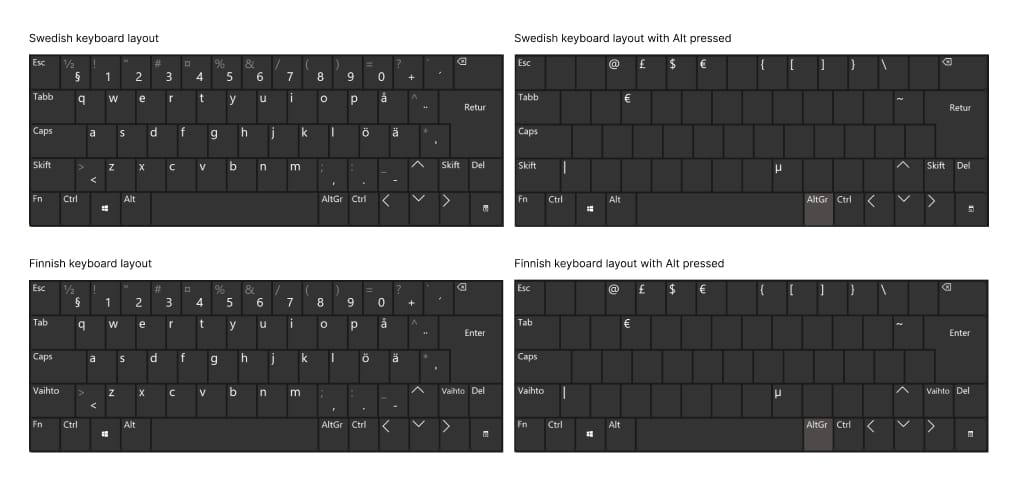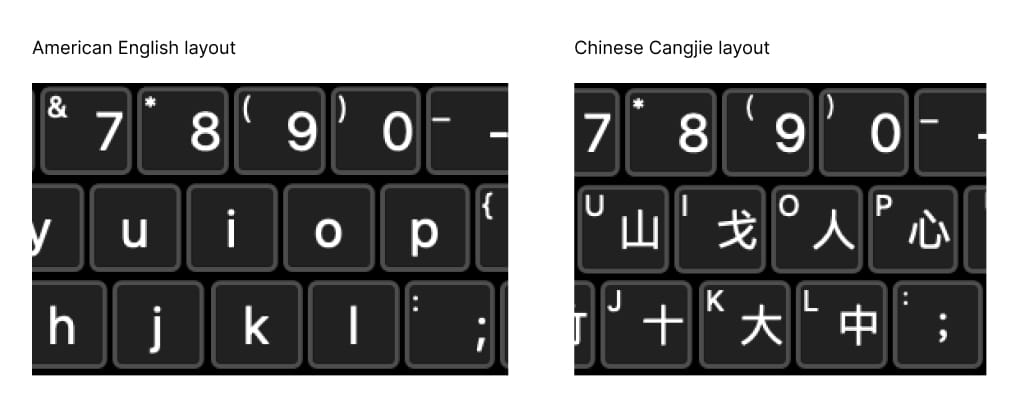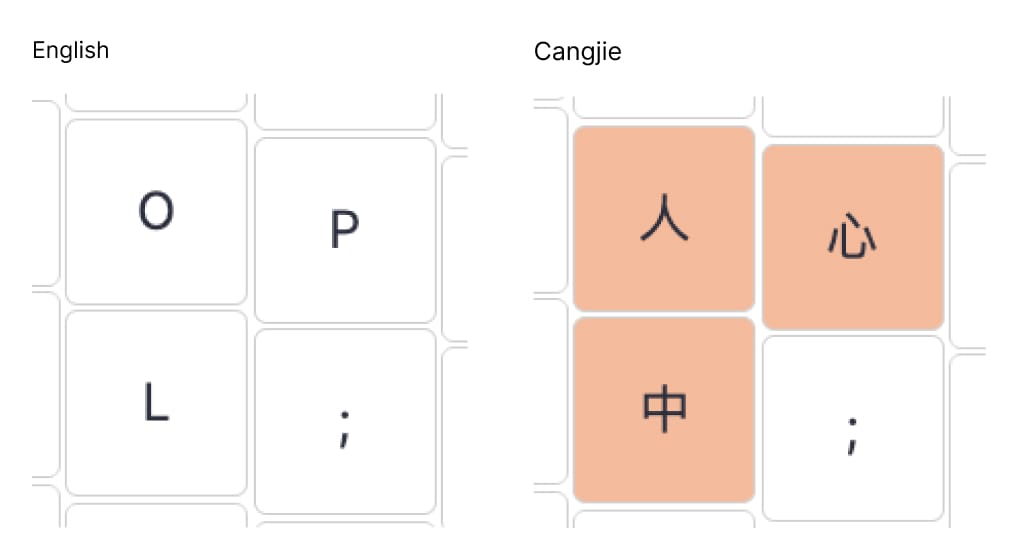If you took a look at Oryx and our international setup guide , you may have noticed that we don't officially support every language and layout variant. It's not because we don't like your language or layout! Supporting that many layouts would just be a monumental task for marginal benefit because you can actually type in any language even without specific support for it. It just takes a bit of setup, or you might even find a layout from another user of your language who has already set it up.
Here we'll cover the two main cases of unsupported languages and how to get them to work anyway.
Languages with equivalent layouts
There are some languages that might have plenty of differences when spoken, but in terms of keyboard layouts, they are nearly or exactly the same. The Swedish and Finnish keyboard layouts are like this (pictured below), which is why we don't have specific Finnish support.

To type in Finnish, you can enable Swedish keycodes and assign them as though they were Finnish. When you type, it will work just how you expect!
Languages that are seemingly unsupported
If your language isn't in Oryx and there are no languages with a similar layout, it's okay! You can still set it up yourself. Just pull up a typical layout for your language and the English QWERTY keyboard layouts side-by-side. The accessibility keyboards available in each OS are great resources because they show you exactly what keys and key combinations will do in real time on your system. Here is the American English keyboard next to a popular input for Chinese, Cangjie.

We don't have official support for Cangjie, but you can still type using this layout. Once you have the two layouts side-by-side, you just need to assign the appropriate American English character to your layout, and you can give it a custom label in Oryx to help you remember what it will actually do for you. For some additional background on why this works, see our article about how keyboards talk to computers.

This is, in effect, exactly how all the keycodes we have available in Oryx work as well — the functionality is exactly the same. It just involves a custom label instead of one that we pre-configured.
If you have any questions, you can always email us at [email protected].

